Your company makes use of Microsoft 365, Microsoft Azure, and Power Platform for app development. Your company has a sister company that has the same
Microsoft SharePoint and Azure configurations, but have their own tenant.
You have been tasked with building a mobile app that must also be made available to the sister company. The sister company, however, must be prevented from making changes to any of the app components.
Which of the following actions should you take?
Answer:
BC
A managed solution is a finalized solution that can be distributed and installed. They are created by exporting an unmanaged solution by setting restrictions to prevent any further customizations. The whole point of Managed is locking down the Component states so they cannot be edited. Deleting the Managed Solution will remove all its customisations as well as data contained. Managed Solutions become read only once deployed so they cannot be manipulated.
Reference:
https://docs.microsoft.com/en-us/power-platform/alm/managed-properties-alm
You are creating an app that must support users with different disabilities.
You want to make sure that your app to adhere to Microsoft's accessibility and performance guidelines.
Which of the following actions should you take?
Answer:
B
Reference:
https://docs.microsoft.com/en-us/powerapps/maker/common-data-service/use-powerapps-checker
You have constructed a Power Platform solution that stores its data in a mixture of known cloud services.
You also have to make sure that the solution is also able to connect to industry data sources.
You make use of a current data connector.
Does the action achieve your objective?
Answer:
A
In Power Apps, add a data connection to an existing canvas app or to an app that you're building from scratch. Your app can connect to SharePoint, Common
Data Service, Salesforce, OneDrive, or many other data sources.
Note:
1. Add data source
2. In the center pane, select connect to data to open the Data pane.
3. Select Add data source.
4. If the list of connections includes the one that you want, select it to add it to the app. Otherwise, skip to the next step.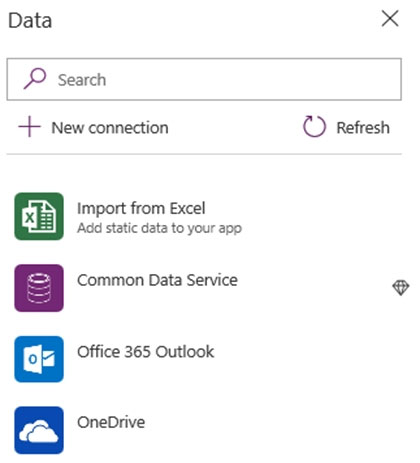
5. Select New connection to display a list of connections.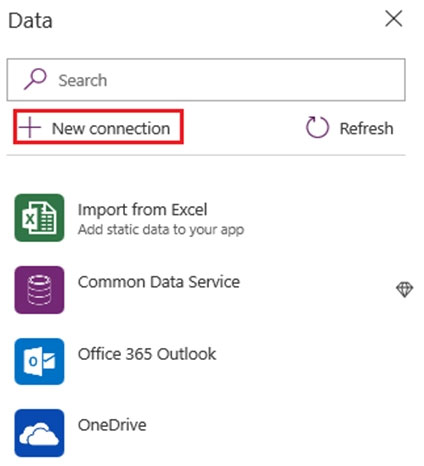
6. In the search bar, type or paste the first few letters of the connection you want, and then select the connection when it appears.
7. Select Create to both create the connection and add it to your app.
Reference:
https://docs.microsoft.com/en-us/powerapps/maker/canvas-apps/add-data-connection
You have constructed a Power Platform solution that stores its data in a mixture of known cloud services.
You also have to make sure that the solution is also able to connect to industry data sources.
You produce a business process flow.
Does the action achieve your objective?
Answer:
B
You have constructed a Power Platform solution that stores its data in a mixture of known cloud services.
You also have to make sure that the solution is also able to connect to industry data sources.
You generate a data policy template.
Does the action achieve your objective?
Answer:
B
You create a new solution publisher and include a publisher prefix value.
Which two actions can you perform? Each correct answer presents a complete solution.
NOTE: Each correct selection is worth one point.
Answer:
AD
Once you introduce a publisher for a component in a managed solution, you can't change the publisher for the component.
Incorrect Answers:
B: When you change a solution publisher prefix, you should do it before you create any new apps or metadata items because you can't change the names of metadata items after they're created.
Reference:
https://docs.microsoft.com/en-us/power-platform/alm/solution-concepts-alm#solution-publisher
A clothing retailer is creating a Power Virtual Agents chatbot in Microsoft Teams. The chatbot will use Microsoft Dataverse for Teams to provide sales metrics by store.
A user wants to be able to ask the chatbot to see all the sales for pants.
You need to configure the chatbot to provide sales data for pants even when a user enters the terms jeans, slacks, or trousers.
Which chatbot component should you use?
Answer:
E
Closed list entities let you define a list of items. This is best used for small lists that are easy to manage and that have simple item labels.
You can add synonyms to manually expand the matching logic for each item in the entity's list. For example, in the "hiking" item, you can add "trekking" and
"mountaineering" as synonyms.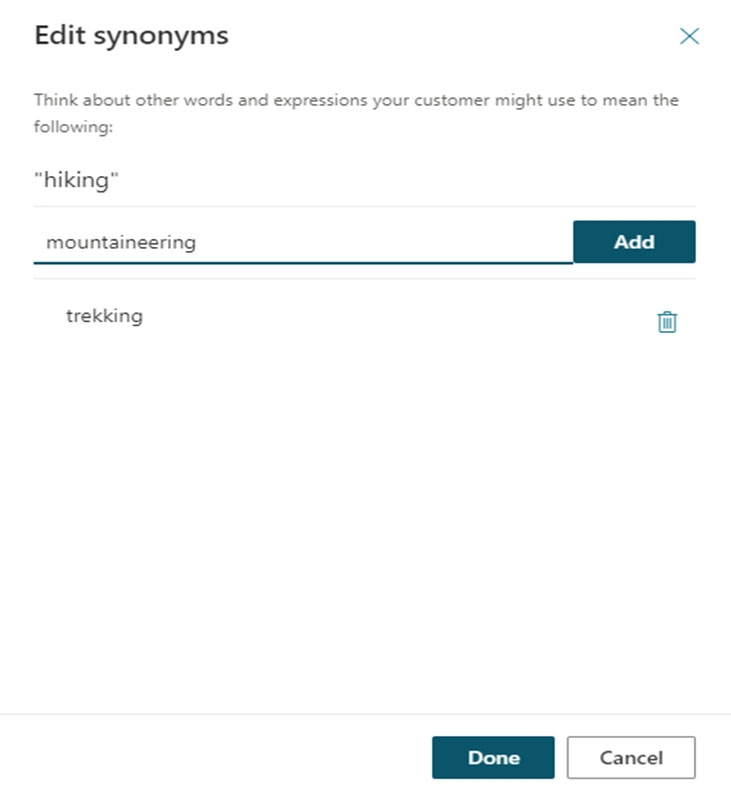
Reference:
https://docs.microsoft.com/en-us/power-virtual-agents/advanced-entities-slot-filling
DRAG DROP -
A company stores sales orders in a Microsoft Excel workbook. The company stores customer data in a SQL Server database.
You must import the data into a Microsoft Dataverse instance.
You need to define the mapping for the migration.
Which component should you use? To answer, drag the appropriate components to the correct data type. Each component may be used once, more than once, or not at all. You may need to drag the split bar between panes or scroll to view content.
NOTE: Each correct selection is worth one point.
Select and Place: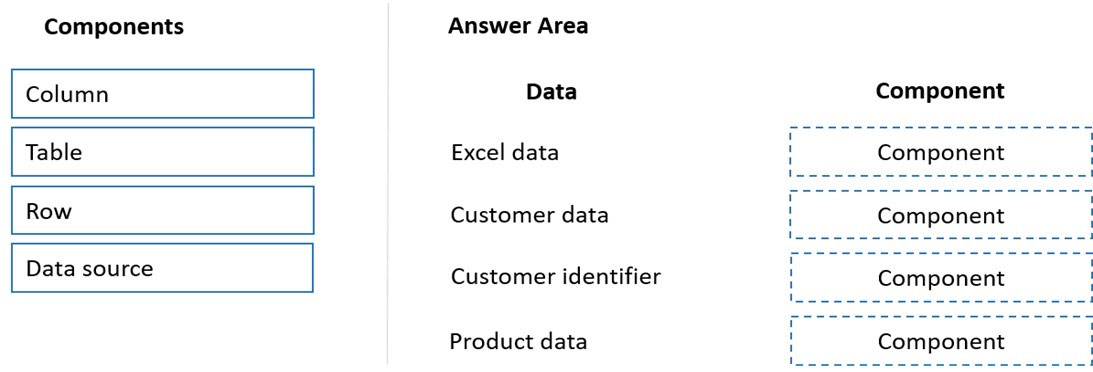
Answer:
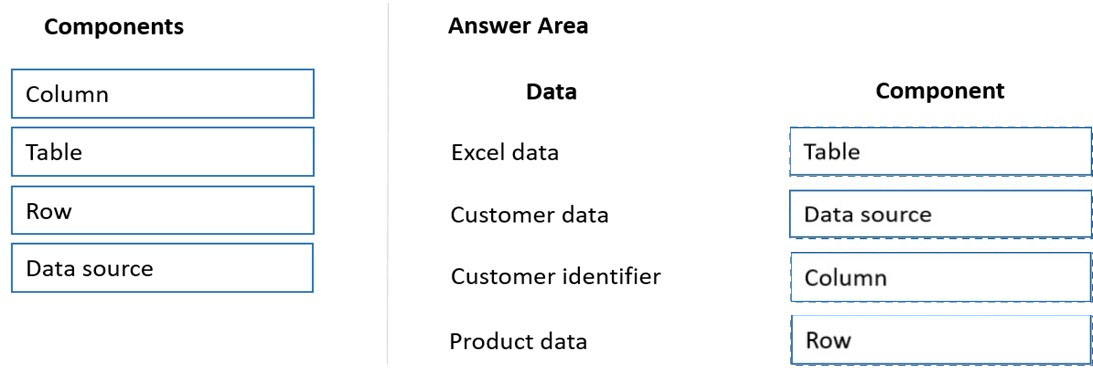
Box 1: Table -
Box 2: Data source -
Box 3: Column -
Box 4: Row -
Reference:
https://docs.microsoft.com/en-us/power-query/dataflows/add-data-power-query
DRAG DROP -
A company has 500 products. Each product is referenced by a product ID. Each product belongs to one of eight product categories.
You are creating an app to manage requests for new products.
The product categories will never change. Categories are defined in the column itself, not in a separate table. The data must be structured in a way that does not allow for misspellings.
Only two new tables should be created in Microsoft Dataverse:
✑ Products: Holds the products that can be requested.
✑ Requests: Holds the requests for the product ID and quantity. The products are filtered by product category.
You need to identify the data types to use when building the table columns in Dataverse.
Which data type should you use? To answer, drag the appropriate data types to the correct requirements. Each data type may be used once, more than once, or not at all. You may need to drag the split bar between panes or scroll to view content.
NOTE: Each correct selection is worth one point.
Select and Place:
Answer:

Box 1: Text -
Text columns can contain text characters. This column type has several format options that will change the presentation of the text.
Box 2: Lookup -
When you create a new lookup column you are creating a new Many-to-One (N:1) table relationship between the table you're working with and the Target Row
Type defined for the lookup.
Box 3: Choice -
You can customize forms (main, quick create, and quick view) and email templates by adding multi-select columns that are called Choices. When you add a choices column, you can specify multiple values that will be available for users to select. When users fill out the form, they can select one, multiple, or all the values displayed in a drop-down list.
Reference:
https://docs.microsoft.com/en-us/powerapps/maker/data-platform/types-of-fields
HOTSPOT -
You are a technical assistant for a legal services organization. The company uses SharePoint to manage documents and Microsoft Dataverse as the data store.
The company has strict rules about access, permissions, and privacy.
Lawyers and paralegals use Microsoft Teams for communications and collaboration. Employees use personal devices to access legal files. You do not have access to the admin area in Microsoft Power Platform.
You need to ensure that these rules are observed consistently and managed in one place.
Which type of app should you create? To answer, select the appropriate options in the answer area.
NOTE: Each correct selection is worth one point.
Hot Area: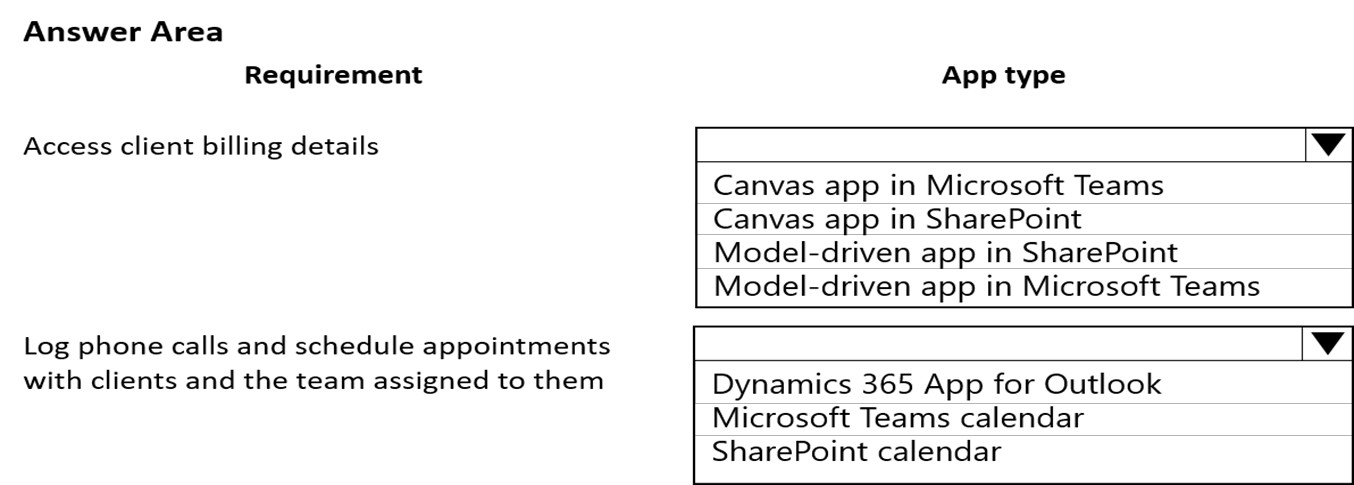
Answer:
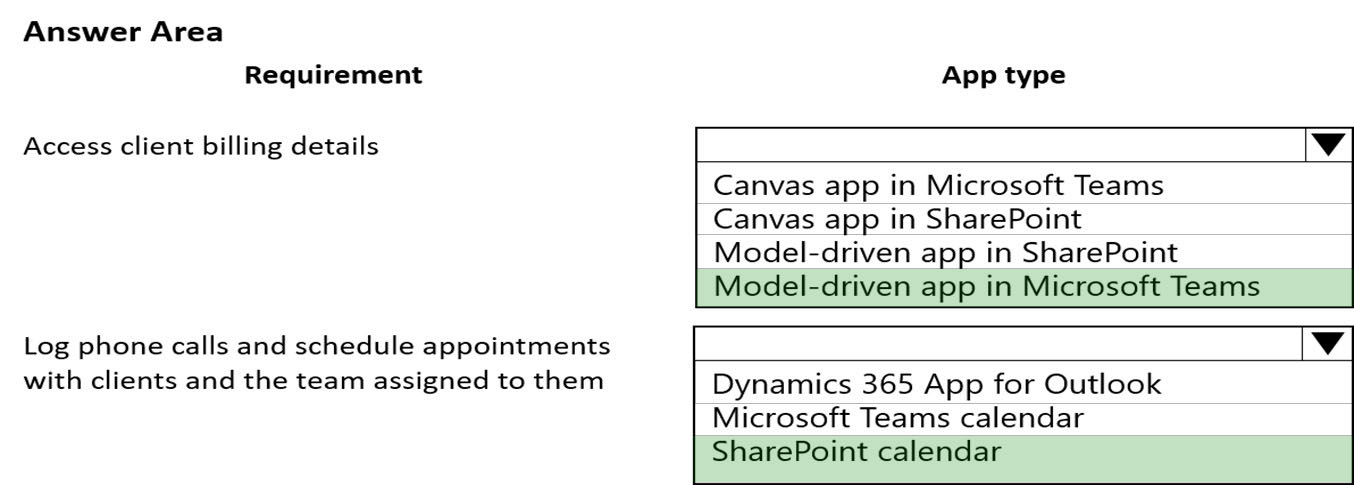
Box 1: Model-driven app in Microsoft Teams
A user's ability to see and use apps is controlled by sharing the application with the user. Sharing of canvas apps is done directly with a user or Azure AD group but is still subject to Dataverse security roles. Sharing of model-driven apps is done via Dataverse security roles.
Box 2: Sharepoint Calendar -
Reference:
https://docs.microsoft.com/en-us/power-platform/admin/database-security